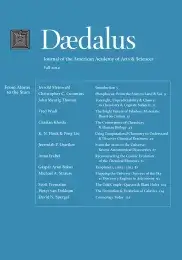Reconstructing the Cosmic Evolution of the Chemical Elements
The chemical elements are created in nuclear fusion processes in the hot and dense cores of stars. The energy generated through nucleosynthesis allows stars to shine for billions of years. When these stars explode as massive supernovae, the newly made elements are expelled, chemically enriching the surrounding regions. Subsequent generations of stars are formed from gas that is slightly more element-enriched than that from which previous stars formed. This chemical evolution can be traced back to its beginning soon after the Big Bang by studying the oldest and most metal-poor stars still observable in the Milky Way today. Through chemical analysis, they provide the only available tool for gaining information about the nature of the short-lived first stars and their supernova explosions more than thirteen billion years ago. These events set in motion the transformation of the pristine universe into a rich cosmos of chemically diverse planets, stars, and galaxies.
One beautiful afternoon I went for a run along the river. I was breathing plenty of fresh air, my face was all flushed, and I felt my heart pounding and blood flowing through my body. As air was filling my lungs, I was reminded of Carl Sagan’s saying: “We are all made from star stuff.” Indeed we are. When quenching my thirst with water, I was consuming hydrogen and oxygen in the form of H2O. When breathing, I had been taking in air made from nitrogen, oxygen, and tiny traces of other elements such as argon and neon. The red liquid of life owes its color to iron, which is embedded in our hemoglobin. But these elements do not just circulate within our carbon-based bodies: before they became part of humans, each of these atoms was created in a grand cosmic cycle called chemical evolution that took place long before biological evolution led to life on Earth.
Most of the universe’s iron, for example, is the end result of a binary star system in which one star acquires enough material from its companion that it reaches a critical mass and erupts in a huge thermonuclear explosion, forging new elements in the process. . . .
